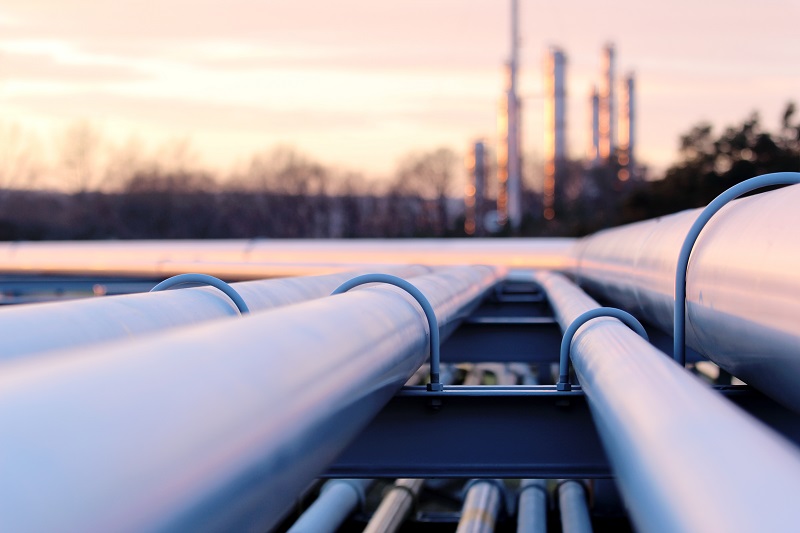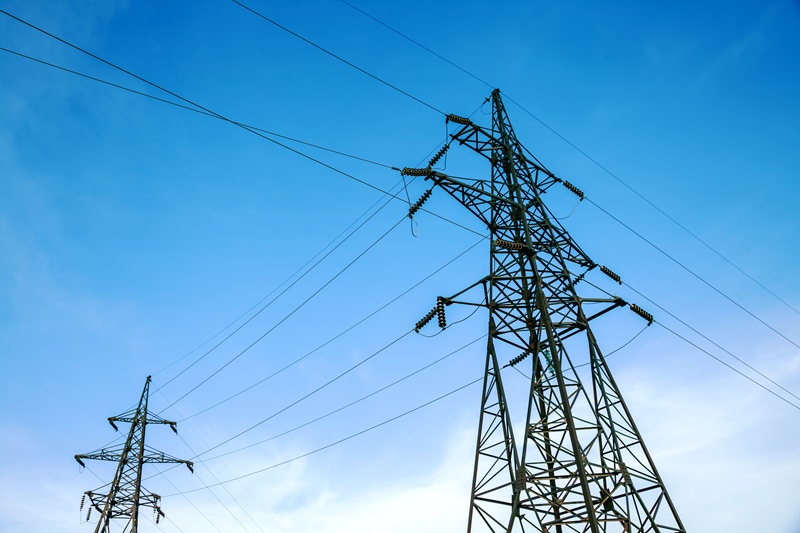Although the European record for LNG imports remained in December, January did not bring a major decrease. Low prices can prevent LNG deliveries on the one hand and increase consumption on the other.
| Price zone | Average exchange price | Change (previous week) |
| Estonia | 111.9 EUR/MWh | -1,8% |
| Latvia | 111.9 EUR/MWh | -1,9% |
| Lithuania | 112.2 EUR/MWh | -10,4% |
| Finland | 98.9 EUR/MWh | +40,0% |
The average price of electricity last week in Estonia was 111.9 €/MWh (-2.0 €/MWh compared to the previous week). The cheapest hour was on Monday night at 4 o’clock with 4.05 €/MWh, so basically for free, and the most expensive one in the morning of Wednesday, 1 February, at 8 o’clock with 209.88 €/MWh. Throughout the region, the price of electricity remained quite low thanks to warmer weather, precipitation and some wind.
The average weekly gas price decreased by 0.8 euros, being 57.4 €/MWh last week. The decline in European gas prices has slowed down, affected by the large supply on the one hand and the colder weather on the other.
European LNG imports fell by nearly 16.5 billion cubic meters in January compared to December, but still remained close to the record level. A further decline in gas prices is unlikely, as lower prices encourage demand but at the same time hinder the supply of more LNG.
According to experts, EU countries should extend their efforts to reduce gas demand by 15% for another six months to meet storage targets for next winter. The Union was able to import that much LNG last year because it was willing to pay a high price. Whether Europe can continue to rely on similar import volumes will largely depend on China’s gas demand and economic growth.
Experts and analysts see that the instability of Russian energy supplies has accelerated the transition to renewable energy. Countries have focused on ensuring the security of their energy supplies. As a result, a 20% reduction in the use of fossil fuels is predicted in Europe.
Nuclear output in the Nordic countries remained at a similar level compared to last week, being 8.49 gigawatts. The maintenance period of Sweden’s Ringhals 4 nuclear reactor was extended until 19 March. Maintenance work on the Olkiluoto 3 reactor is also ongoing. Regular production at a capacity of 1,600 MW could start at the beginning of March.
In the field of nuclear energy, the Swedish government made waves with its desire to speed up the licensing process for small modular nuclear reactors (SMRs). To this end, the country’s energy minister wants to strengthen cooperation with EU suppliers.
The weekly average price of CO2 increased by nearly 7 euros to 92.9 €/t last week. Prices rose to the highest level in six months due to colder weather forecasts and the approaching quota compliance deadline.
Eesti Energia’s plants in Narva were on the market last week with 393 MW. All steerable production facilities managed by Eesti Energia are available for the market this week at full or partial capacity.
The price of electricity is formed on the power exchange for each hour depending on the production capacity and consumer demand for that particular hour, as well as on transmission limitations between countries.



